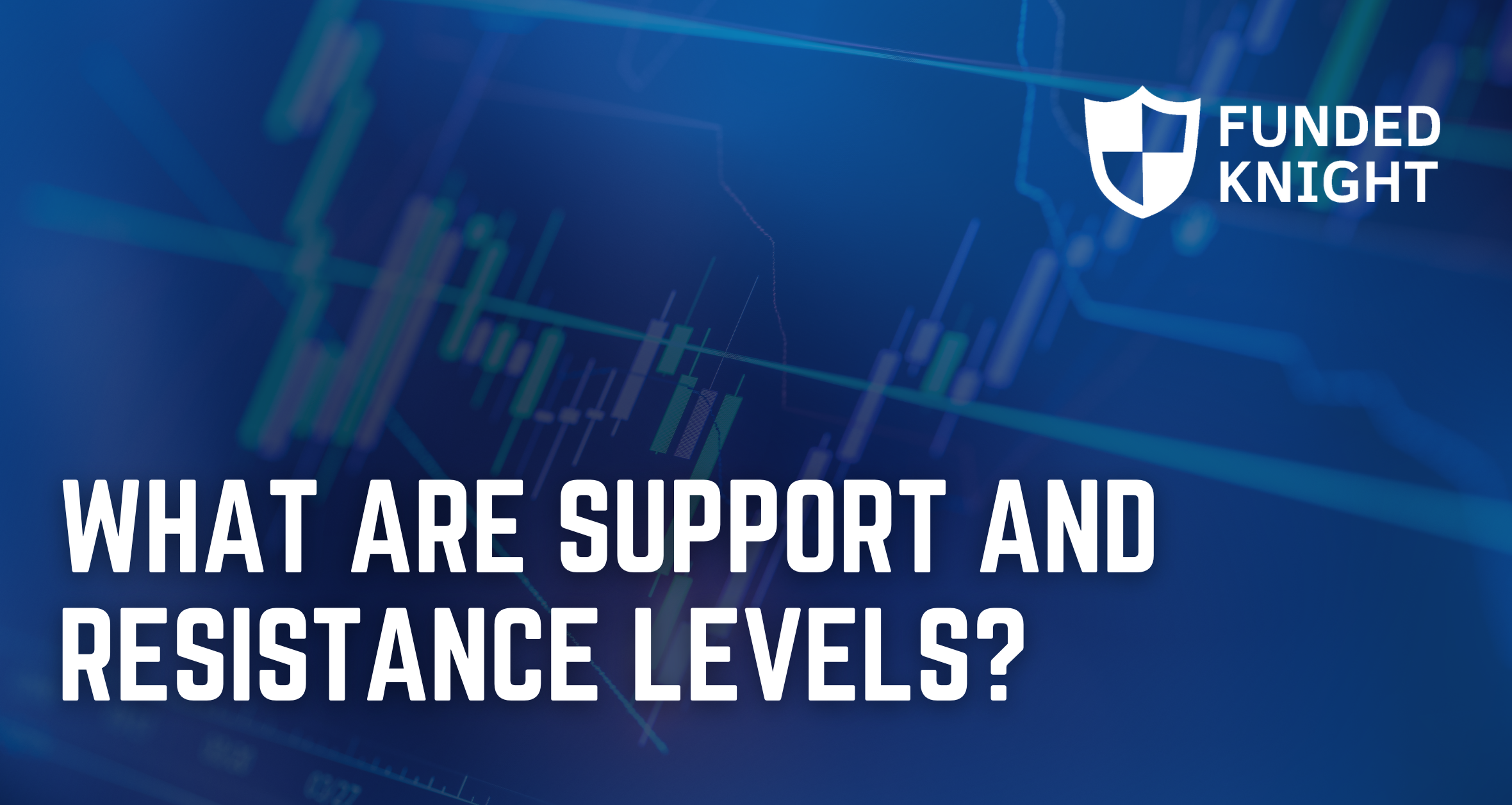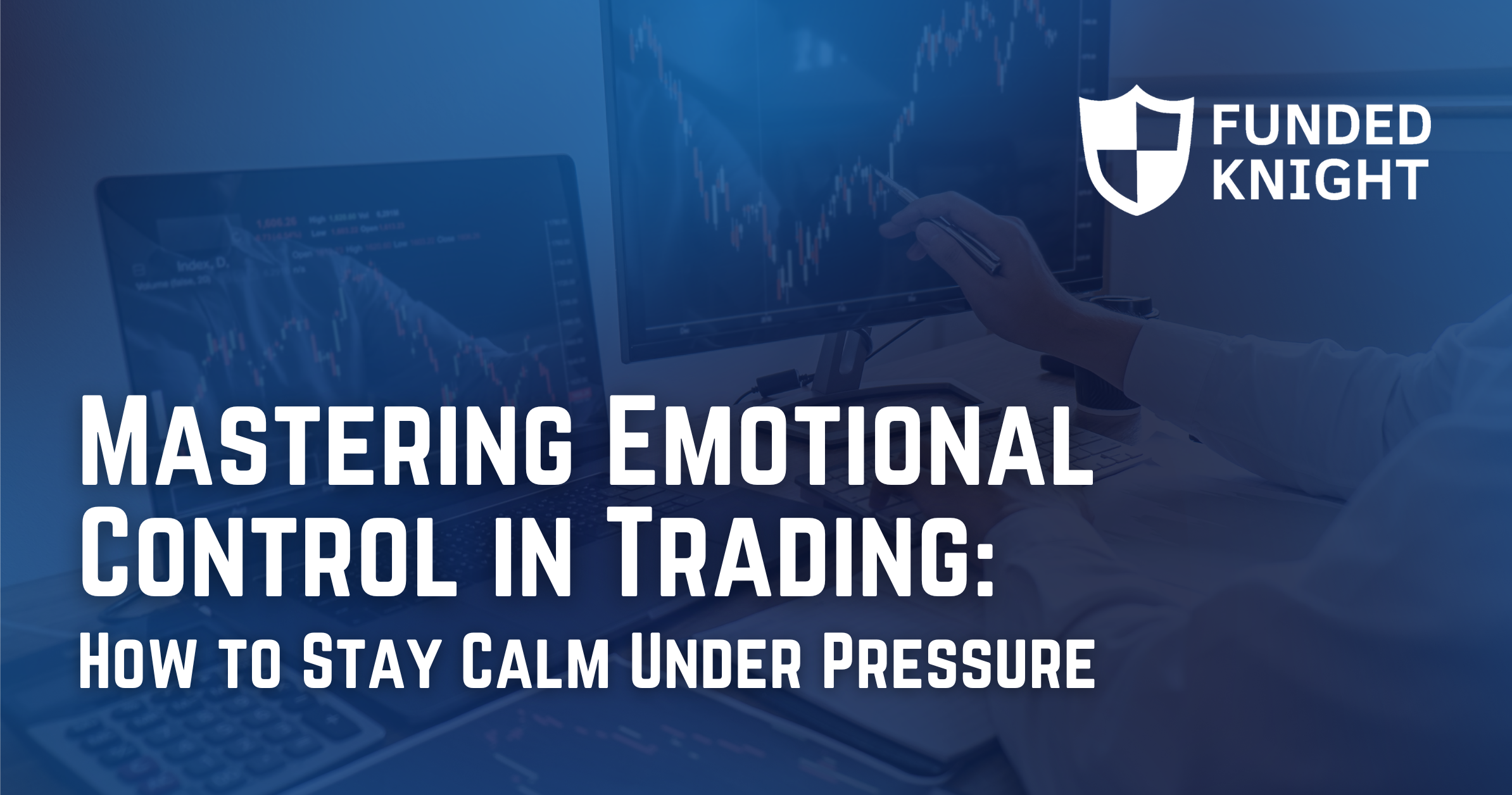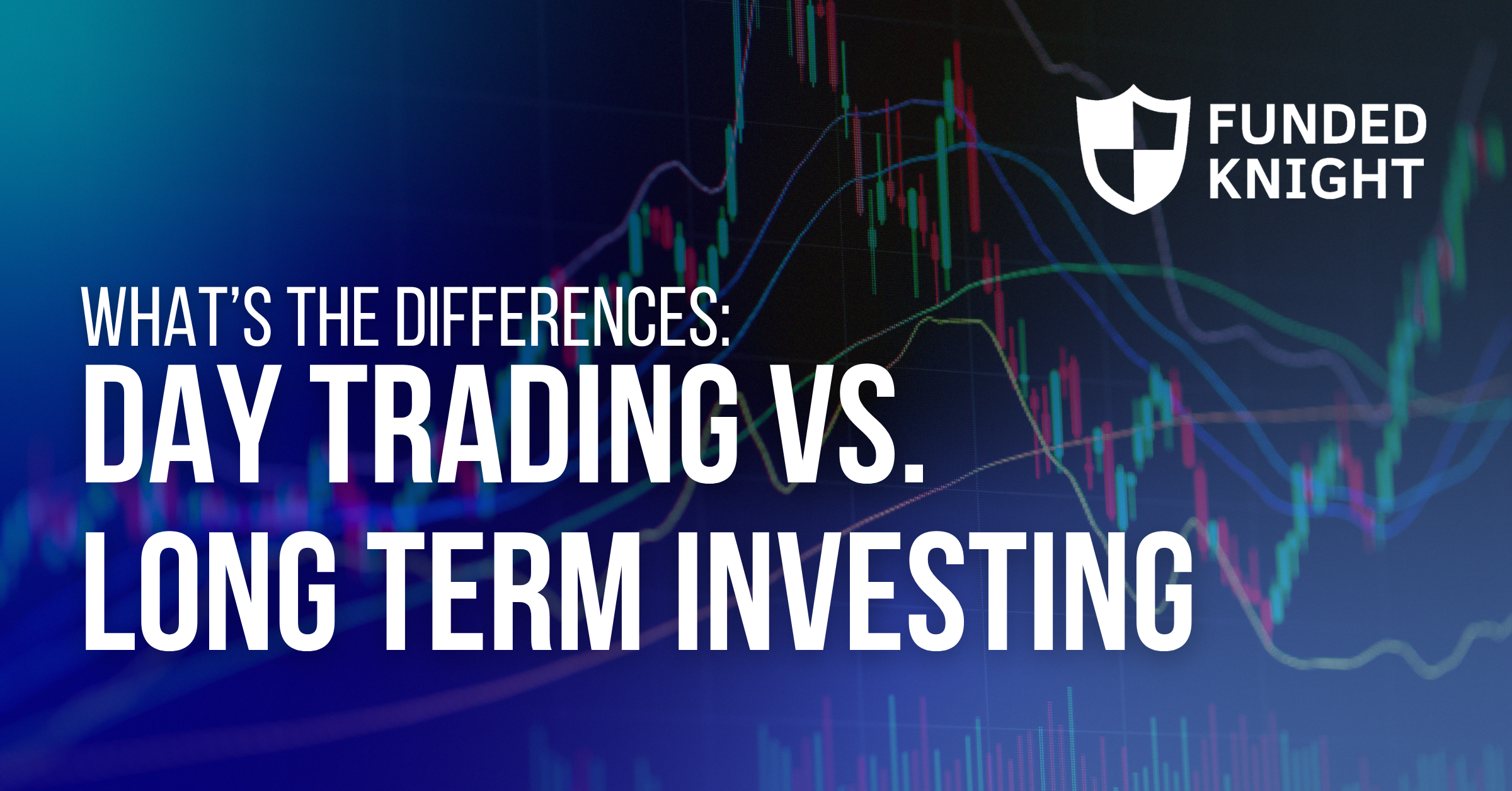Support and resistance levels are fundamental concepts in trading, used by traders to identify key points where the price of an asset is likely to stop and possibly reverse. Understanding these levels can help you make more informed trading decisions and improve your overall strategy.
Support Levels
A support level is a price point where an asset tends to stop falling and may start rising. It acts like a “floor” for the price. This happens because, at this level, there is typically an increased demand for the asset, with more buyers entering the market. For example, if a stock repeatedly falls to $50 but doesn’t go lower, $50 is considered a support level.

Resistance Levels
Conversely, a resistance level is a price point where an asset tends to stop rising and may start falling. It acts like a “ceiling” for the price. At this level, there is usually an increased supply, with more sellers willing to sell. For instance, if a stock repeatedly rises to $100 but doesn’t go higher, $100 becomes a resistance level.

These levels are not always exact numbers but are often zones or areas where prices tend to react. Traders use support and resistance levels to plan their trades, deciding where to enter or exit the market. For example, buying near a support level or selling near a resistance level can be a common strategy.
Support and resistance levels can be identified using historical price data, trend lines, and chart patterns. They play a crucial role in technical analysis, helping traders anticipate market movements and make decisions based on potential price reactions at these key levels.
























































